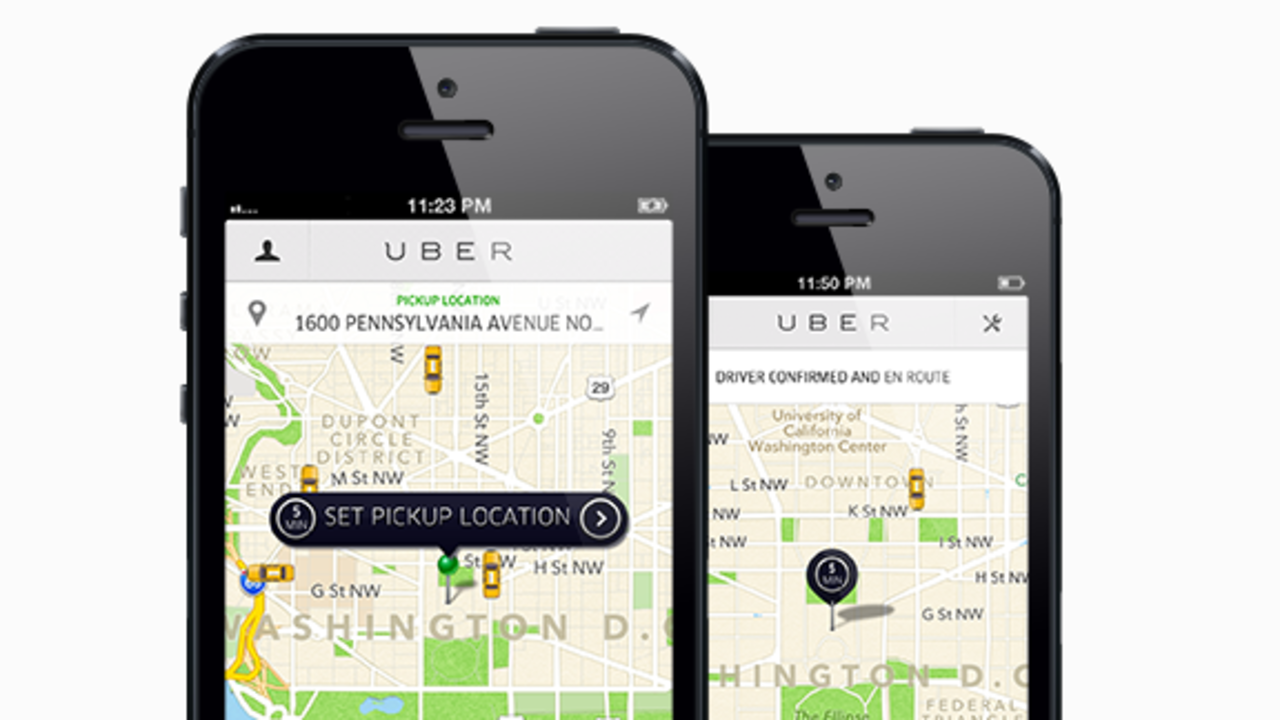
What Uber Can Teach Us About Engagement
Apr 03, 2017What Uber Can Teach Us About Engagement
by Jonathan Peters, PhD
In an effort to continue the piling-on of Uber Technologies, The New York Times published an article that is critical of Uber’s use of “psychological tricks” to “manipulate” people to drive at specific times and in specific locations. Unfortunately, the article only mentions one trick beyond basic supply-and-demand business models (surges that encourage drivers to go where customers are). But that one trick is worth a look, especially as it relates to engaging learners.
But first, an insight that an employee of The New York Times may not understand. In the gig economy, people choose when, and how much, they work. In my case, I drive occasionally for different transportation companies. In Austin, TX, we recently hosted SXSW. During an event like this, you can expect to easily make $40 an hour driving, and if you’re willing to deal with drunks, you can expect to make $70 an hour between 1:00 and 4:00 am.
For a night owl like me, that’s an interesting proposition. No “trick” or “manipulation” there. Easy money for me. I don’t feel exploited. In fact, last year at SXSW, Lyft often guaranteed me $50 an hour if I only stayed logged into their app (keeping me from also driving for Uber). It was pretty cool; I’d sit at home watching TV while making some pretty good money.
But when it comes to L&D, we can’t use these types of incentives; otherwise, we end up with participants like me, watching other media while our program is running.
The only psychological “trick” mentioned in the article (besides communicating with drivers using a female persona) was the startling realization that “encouragement toward a concrete goal can motivate people to complete a task.”
Uber realizes that drivers often set an earning goal before they click off, say, $100. So the nice female persona will encourage them that they are halfway to $200 just before they reach $100, or she'll let them know that they are five rides away from completing thirty rides for the evening.
This is a pretty cool technique that we can use in our learning programs. Can you, for instance, anticipate where attention will lag? And where training tasks will wear down your participants? Can we encourage people to keep going by anticipating what their goals might be and suggest goals that surpass their original goals?
To put it another way, have you ever said this while watching a Netflix series, “I’ll watch two more episodes and then I’m going to bed”?
Your learners are having similar conversations in their head, “I’ll cover three modules today.” What if you anticipated that they would set a goal for three modules, and at the end of the second module, a persona encouraged them by telling them they were half way to four?
Can you help your learners establish concrete goals in your courses, and then encourage them as they progress toward those goals? Where are they going to lag? Where are they likely to check out? Can you encourage them just before that point?
It’s either that or establish surge payments…
Don't miss a beat!
New moves, motivation, and classes delivered to your inbox.
We hate SPAM. We will never sell your information, for any reason.
